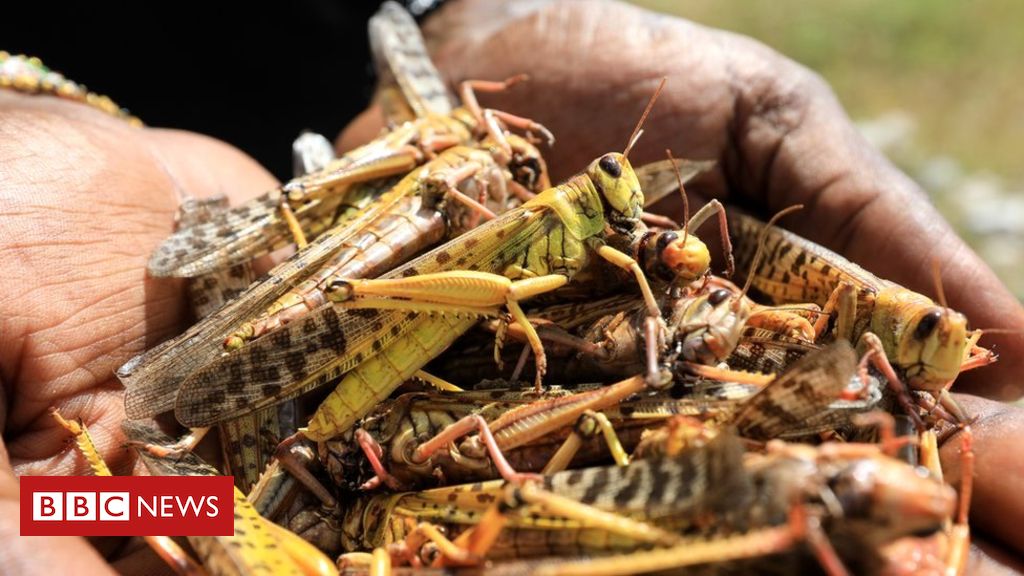
Once we have seen the locust outbreaks in the states of Madhya Pradesh and Rajasthan. Locusts are short horned grasshoppers which have swarming behavior. These insects are usually solitary, but under certain circumstances they become more abundant and change their behaviour and habits, becoming gragarious. Due to changing climate and the cropping practices, these have become serious problem in the last few years.


As the insects move in large groups, chemical pesticide sprays will not help. The recommendations made about Ulra High Concentration sprays (95% concentration against normal 5%) of Chemical Pesticides like Malathion (Hazardous), Chlorpyriphos (Highly hazardous) etc., are highly dangerous to environment as it increases pesticide load significantly that too in high concentrations. Many of these recommendations are based on the practices adopted in desert areas without human habitations or no water bodies whereas now we seeing these swarms in human habitations and if these same chemicals are sprayed the pesticide load increases significantly. This can also kill other non target, beneficial insects and distort the ecological balance and pose severe problem for the next crop season.

Insect Behavior
Locusts lays eggs in SANDY SOILS ONLY so the current swarm which was the result of eggs laid in middle east or in the desert areas of Pakistan or Rajasthan would be already 30 to 45 days old. they may live for another 30 to 35 days which essentially means till end of June Maximum. As they cannot lay eggs and hatch, we do not have fear of new outbreak.
Better Management Practices
Disrupt the development of the insects by cultivating the soil where eggs were laid
The best time to treat locusts is when they are in the ‘hopper’ stage, before they can fly. Programs to treat adult flying locusts are generally ineffective. Metarhizium anisopilae fungus to treat locusts is the safest and most effective way to mitigate the impact of locust damage. The fungal spores in the Metarhizium cause an infection inside the locust’s body which leads to death. A kill rate of 90% to 95% can be expected. This fungus multiplies and spreads from insect to insect and create better control.
As this mode of action is slower when compared to alternative chemicals such as organophosphates and synthetic pyrethroids (which stop feeding within a few hours, and kill locusts within two or three days), crops and pastures treated with this biological insecticde will remain at risk for longer. It can take up to 20 days to kill hoppers under cool conditions (10-14 days under warmer ideal conditions). Note that while it may take 10 – 20 days for the locusts to die, feeding may cease much earlier, so while treated hoppers may remain on crops, they may cause little damage.
Spraying Plant oils
There are experiments which proved that vegetable oils like neem oil, linseed oil etc (55%) can be sprayed by mixing with sodium bicarbonate solution (45%). This mixture showed more than 80% mortality when mixed with essential oils like clove oil, caraway oil, mint oil etc (1%) for further information https://link.springer.com/article/10.1007/s10340-019-01169-7
Spraying Soil Solution
Farmer Scientists like Venkat Reddy, Telangana was suggesting about using Soil solution to spray. The soil bacteria like Bt were found to be effective as contact killers against borers in the earlier season. This can be tried.

